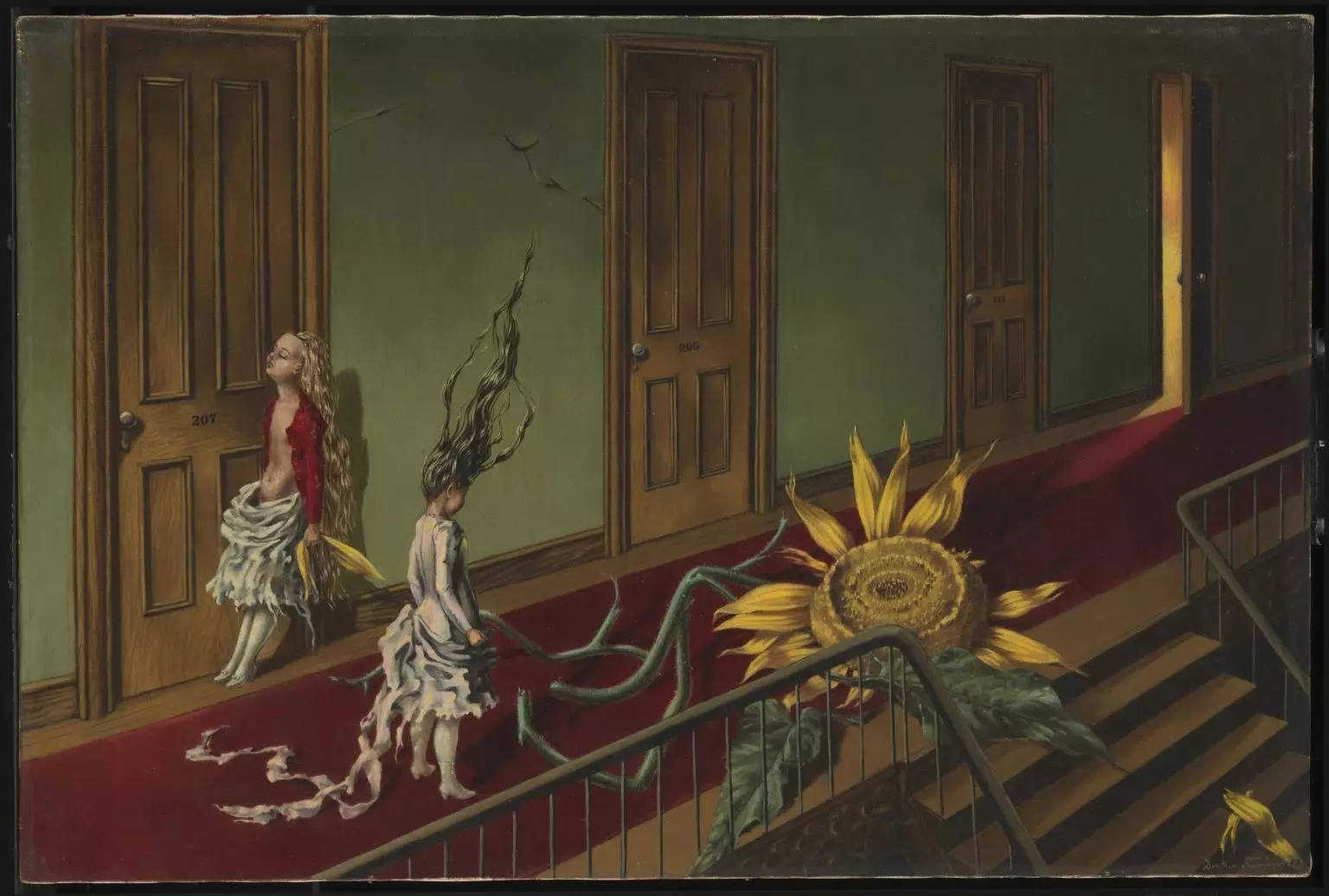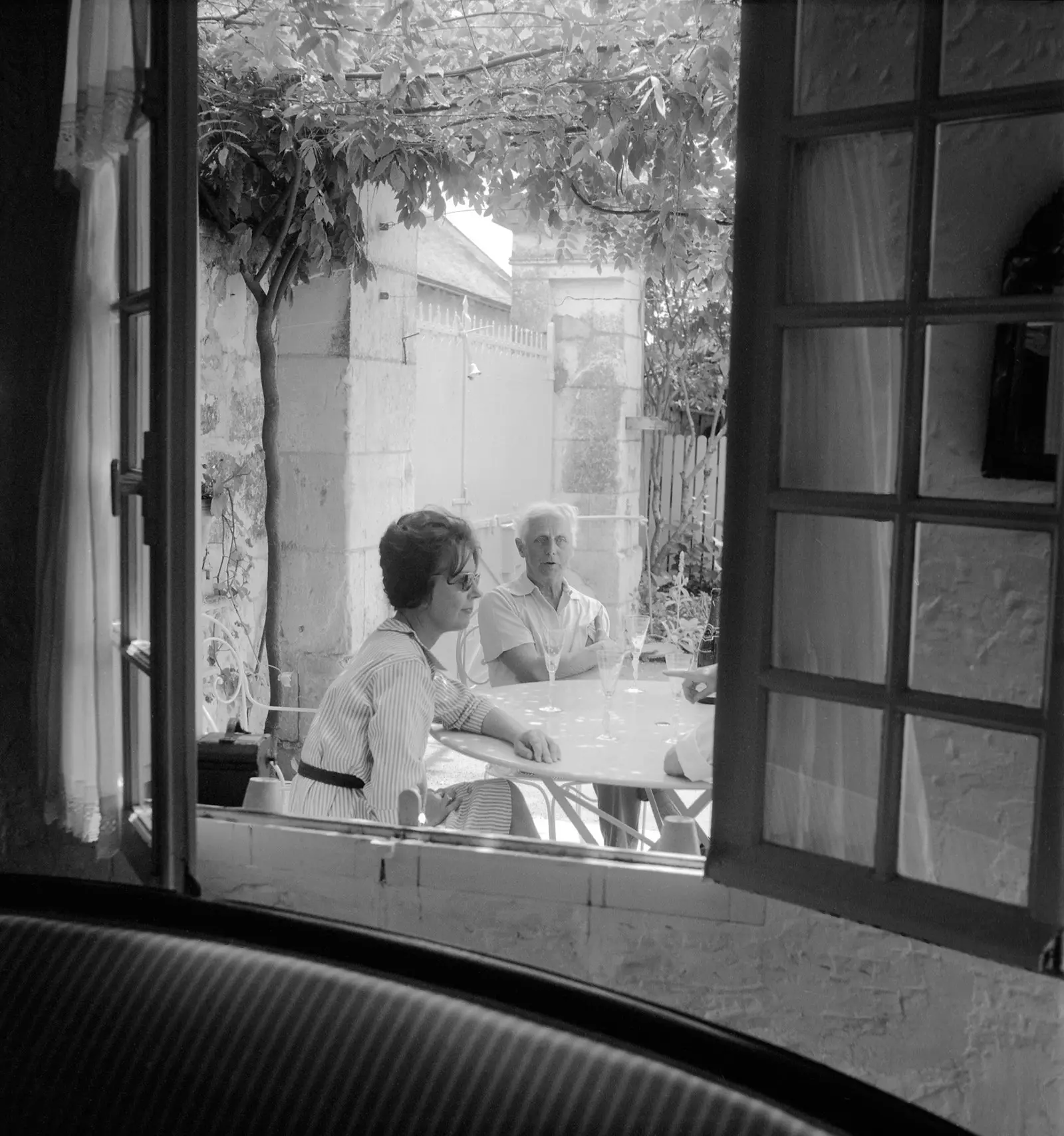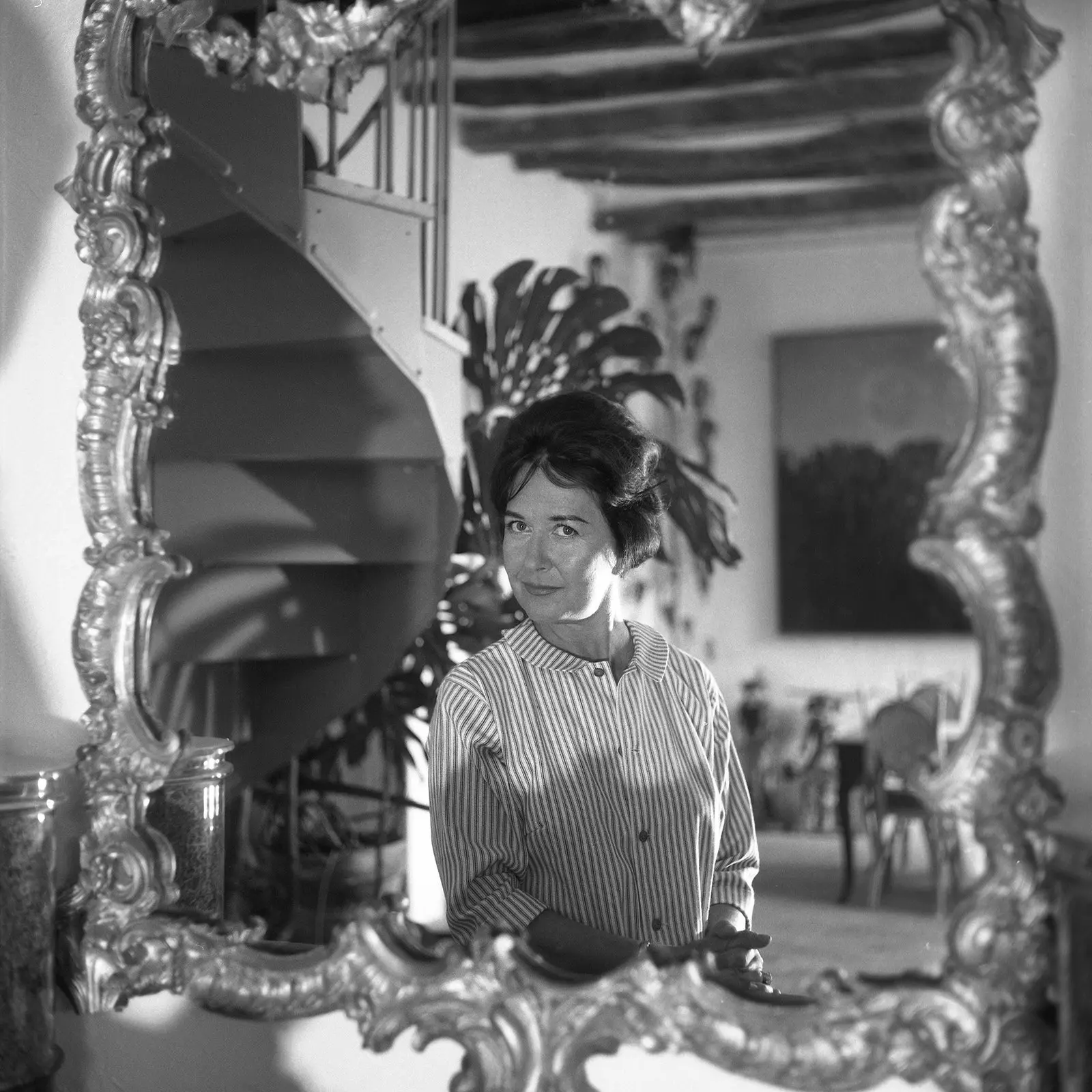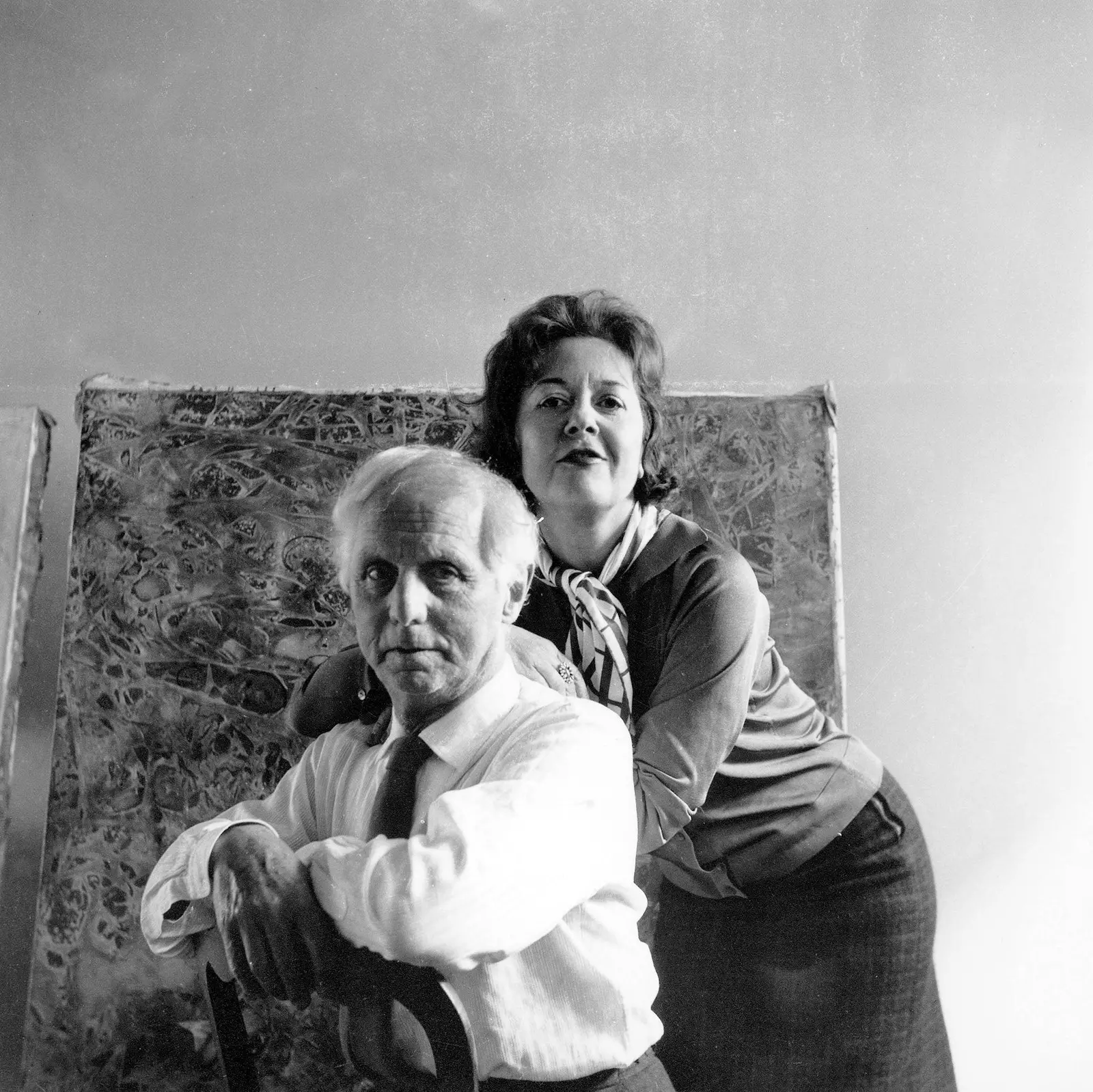
Journey to a painting: 'Eine Kleine Nachtmusik', by Dorothea Tanning
Isn't hotel life weird? Staying in a hotel is always entering a limbo. As comfortable as it is, there we lack the daily rituals and other handles that we impose on ourselves to make existence acceptable. And, after a while, there are those who do not take it well . There are also those who, on the contrary, decide to make this limbo a permanent state: there are known cases of Coco Chanel , divinely installed in the Ritz between Coromadel screens; Peter Sellers who met his wife britt ekland while he resided in the dorchester london , or Oscar Wilde , who saw fit to end his days in the Hotel d'Alsace , 13 Rue des Beaux-Arts, Paris. They would know why they did it. Or maybe not.
When Dorothea Tanning painted this picture had also managed her particular limbo in a Sedona Ranch, Arizona . She had just fled the bustle of Paris with another surrealist painter, Max Ernst , married in turn to the patron and gallery owner Peggy Guggenheim . The fugitives had met the previous year during the preparations for the exhibition Exhibition by 31 Women in Peggy's gallery, where Dorothea participated, and they began a relationship that only ended three decades later, with his death.
“I should have chosen only 30 women” , Guggenheim would declare in view of the results. Tanning and Ernst married a few years later. , when he obtained a divorce, and after a season living in New York they would return to Sedona to establish his residence.

Dorothea Tanning and Max Ernst at her house in the south of France
Over there in Arizona Tanning grew sunflowers and listened to Mozart . The 'Small nocturnal serenade' it seeped into their conversations obsessively. That is why she decided to title her painting with the original German name of one of the best-known Mozartian pieces. The German was, by the way, Ernst's mother tongue.
The doors that we see here are numbered , which without possibility of error places us in a hotel. There are two figures that at first glance seem human, although perhaps they are not. At least one of them, the one with hair slid back to reveal a disturbing skull with a flat surface. The mane of the other experiences an even more prodigious phenomenon, rising as if propelled by an electromagnetic effect. Before both lies a giant sunflower that has lost several of its petals and which a stem split at several points can no longer support. A fight just happened , as evidenced by the petal that the possible doll still holds and the tattered clothes of the two anthropomorphs. A fight between two girls and a sunflower: tell me if this hotel isn't even weirder than hotels usually are.
Tanning, like almost all surrealists, was passionate about gothic novel , to which she had turned during her happy, rural childhood in Illinois. Stories written by authors like Maupassant, Flaubert or Poe , full of mysterious presences and passions beyond death, had been his first gateway to other worlds before he Andre Breton and his acolytes came up with the word surrealism. “They corrupted my psyche forever” he would declare. He also felt the impact of Alice in Wonderland by Lewis Carroll, whose influence can be seen in the disturbing women-girls that appear in many of her paintings, in their jarring scales and lurking dangers.

Dorothea Tanning poses at her house in the south of France
Venturing into the game of symbols risks falling into trivialization, but Tanning herself said that the work represents “the endless battle we wage with unknown forces, forces that were there before our civilization” . The sunflower, a flower that is usually associated with positive values, with light and nobility, here becomes a dark and atavistic presence. A destabilizing threat that may come from within us, but which is projected externally and from without, threatens to destroy us.
The narration could then develop the encounter that every adolescent woman experiences with her sexuality. An overwhelming and indecipherable force that refuses to be controlled . The Tanning girls seem having won the battle against those currents that threaten to possess them , but everything indicates that the half-open door from which a beam of light escapes could emerge another sunflower - not to think of something even worse - and then the fight would be repeated over and over again.
This hotel may be particularly strange, but that's how everything is in the Dorothea Tanning universe . She herself expressed it in what we could consider her great declaration of intent: “ Anything that is ordinary and frequent does not interest me”.

Dorothea Tanning and Max Ernst
